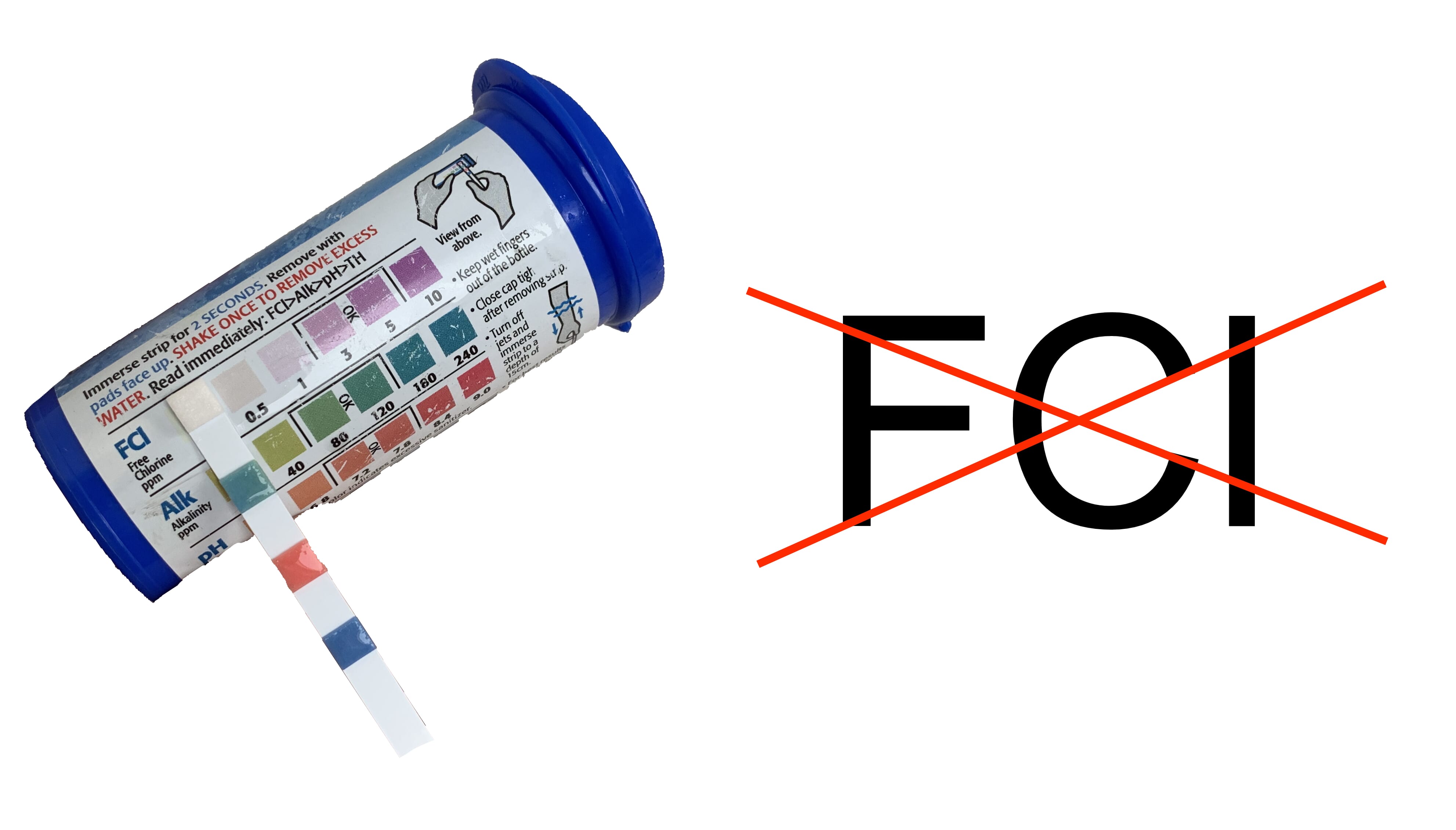free chlorine low total chlorine normal
When your free chlorine levels get too low especially below 1 ppm microorganisms start to multiply faster because theres nothing there to fight it. So to answer the question if your Total Chlorine is high but Free Chlorine is low it is an indication that the hot tub requires a shock treatment.
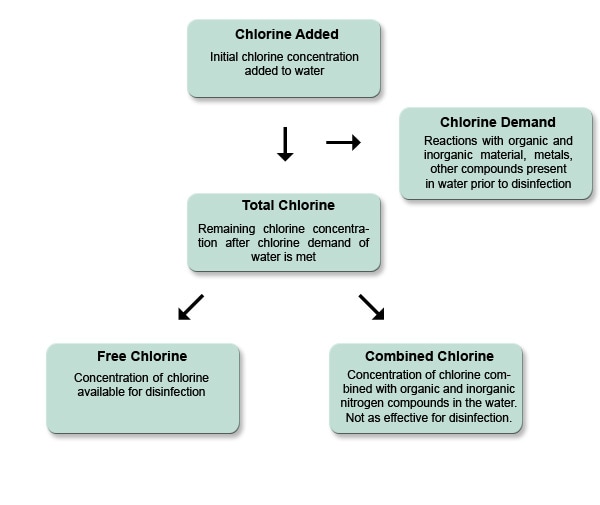
Chlorine Residual Testing The Safe Water System Cdc
The used chlorine has locked all available chlorine and is stuck together with contaminants.

. This summer you can order a free pool test kitthat measures pool water. The reasoning for using CYA indoors is quite different. Have your Authorized Sustain Dealer test your pool waters stabilizer level.
FCCCTC Free Chlorine. The best way to do that is to add soda ashwashing sodaPH Up. Low free chlorine indicates you have chloramine combined chlorine that turns water cloudy smells more of chlorine and cannot sanitize your pool water by killing harmful germs and bacteria causing algae and ammonia.
The level of combined chlorine must always be lower than the free one. Ultra-violet rays that the natural sunlight produces destroys chlorine. Most saltwater chlorine generator pools appear to remain algae-free at a lower minimum FC level compared with the minimum FC column for manually dosed pools.
Your free chlorine level should ideally be 3 parts per million. This can be done by adding your. Never let the chlorine dip below this level.
This is because the sanitizing compound hypochlorous acid HOCl quickly dissociates in. This is a normal reading. It means that the chlorine in your tub is locked and when that happens it does not sanitize efficiently.
There are three types of chlorine that you should be aware of which include free chlorine combined chlorine and total chlorine. The easiest way to check your chlorine levels is with test strips. Important Terms to Know.
Some experts recommend no swimming unless the chlorine is 8 ppm or less. The easiest way to check your chlorine levels is with test strips. Understanding the 3 chlorine types.
Combined chlorine also called chloramines are smelly and irritating. The Center for Disease Control recommends free chlorine stay above 1 ppm in pools and 3 ppm in hot tubs. Testing the amount of total chlorine is important to keep the balance of chlorine in the water.
In fact leave your pool uncovered for 2-3 hours and the direct sunshine of a clear sky can deplete 90 or more of a pools chlorine level. You can also uncover your pool for a few hours and let the sunlight do its magic. Free chlorine is the type we commonly test to determine the proper chlorine levels in pool water this is the amount of chlorine that is still available to sanitize.
If less than 30 ppm increase to 30-50 ppm using chlorine stabilizer cyanuric acid. For indoor pools we recommend CYA between 20 and 30ppm. You need to super chlorinate to break the bonds though if you have a high TDS Total Dissolved Solids reading that could contribute.
However when free chlorine has done its job and is depleted youre left with combined chlorine. Even acid rain and other biomatter getting into your pool will cause free chlorine levels to drop. Free chlorine involves the amount of chlorine thats able to sanitize contaminants while combined chlorine refers to chlorine that has combined directly with the contaminants.
The Association of Pool and Spa Professionals recommends free chlorine levels be kept between 20 and 40 ppm. The effectiveness of chlorine decreases dramatically with rising pH. Consists of mostly chloramines which are formed when ammonia is added to free chlorine yielding monochloramine NH2Cl dichloramine NHCl2 trichloramine NCl3 and organic chloramines.
Free chlorine isnt interacting with contaminants yet. Total chlorine is the amount of chlorine used or not in your water. If you have a free chlorine reading of 3 and a total chlorine reading of 7 there is a problem.
Combination of Cl2 HOCl and OCl-. However ideal free chlorine levels are dependent on cyanuric acid levels. This may be due to the high chlorine level within the cell.
To understand the differences between free combined and total chlorine first take a look at this simple formula. Low PH can damage the pool this needs to be corrected right away. Combination of free and combined.
You will need to shock the water to break apart the chloramines and purify the water. If its over 05 ppm you need to shock your pool. Total Chlorine Free Chlorine Combined Chlorine.
If you have chlorine locked it would cause the readings you are getting and for the smell to be present. What happens if free chlorine is low. But a safe range is between 1 and 3 ppm.
Total chlorine is basically the sum. How to raise free. Theyre the nasty buggers that make your.
Not having enough chlorine in your swimming pool will also cause the little bit of chlorine thats in there to be used up faster too. Check Free Available Chlorine FAC daily and adjust tablet delivery from the skimmer dispensers to establish an FAC of between 1-3 ppm. Ideally combine chlorine must be less than 02 parts per million ppm while the free one is between 2.
0 ppm for a stabilized pool. In the test if your free chlorine reading matches your total chlorine reading your pool is NOT experiencing a high demand for chlorine. You need to get PH up to at least 70 right away and TA up to at least 70 right away.
These two together free chlorine which is the active sanitizer and oxidizer that is doing the job of killing bacteriagerms and removing organics from your pool. The first and most common cause of cloudy water is low free ChlorineFC level. Ideal Levels of Free Chlorine Combined Chlorine and Total Chlorine.
For most pools the chlorine level should remain between 1 to 3 ppm. The preferred range of combined chlorine should be under 05 ppm. Things that cause low free chlorine levels are excessive sunlight high bather loads and improper water chemistry.
Greater chlorine levels than 3 ppm will continue to kill contaminants but will be an eye and skin irritant. Youll have to add nearly ten times more free chlorine to eliminate it AKA overdosing or super chlorination. Let In Some Sunlight.
I hope this explanation helps you interpret chlorine level reports. However if your free chlorine reading is different than your total chlorine reading then. InTheSwim recommends 20 to 3.
Is it safe to swim if free chlorine is low. If its above the ideal range of 72 to 78 chlorine levels are likely to remain low even if the chlorinator is working overtime. Free chlorine is much more reliable.
Chlorine levels lower than 1 ppm place swimmers at grave risk of contamination. Reporting a total chlorine level of 10 parts per million as the reporter did only tells us that the free chlorine level is likely less than that. The Pool and Hot Tub Alliance recommends keeping free chlorine levels between 20 and 40 parts per million ppm.
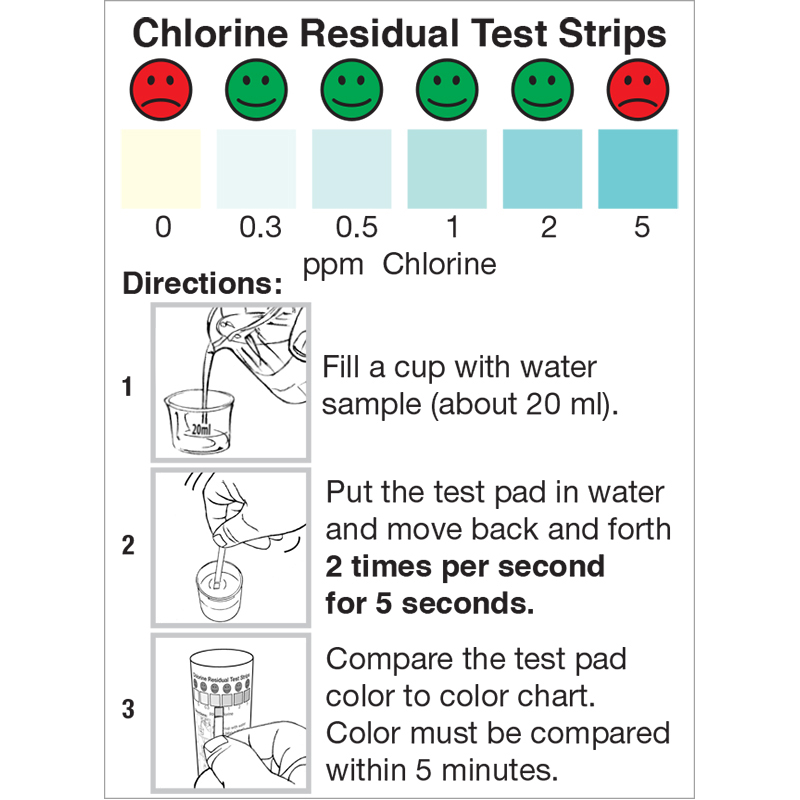
Residual Chlorine Test Strip 5ppm Precision Laboratories Test Strips
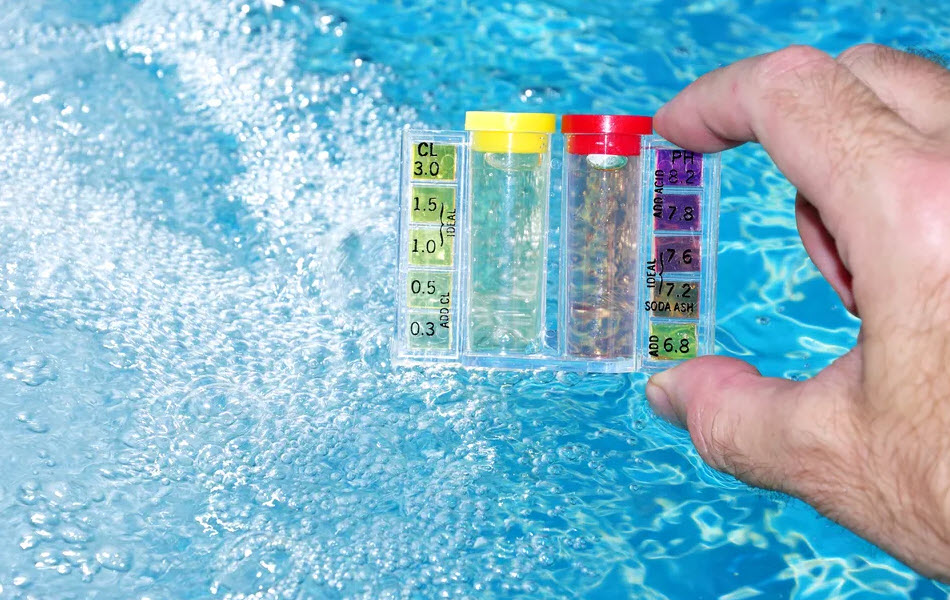
Free And Total Chlorine Chemtrol Australia

Free Chlorine Vs Total Chlorine Forbes Advisor
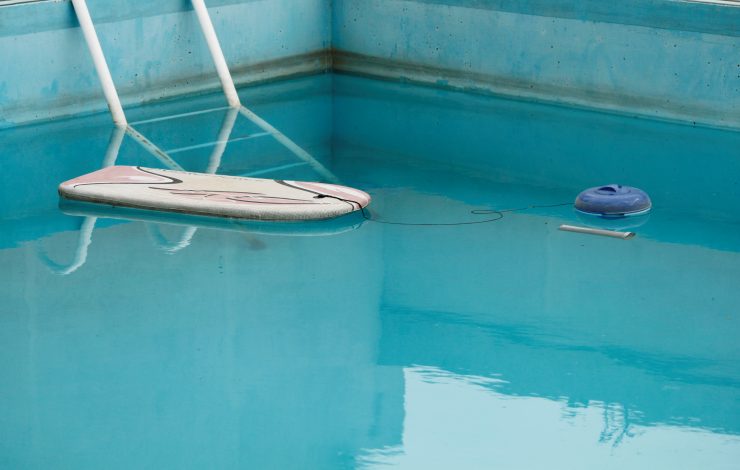
Can Too Much Chlorine Make Pool Water Cloudy

A How To Guide 7 Tips To Lower Chlorine Levels In Your Pool
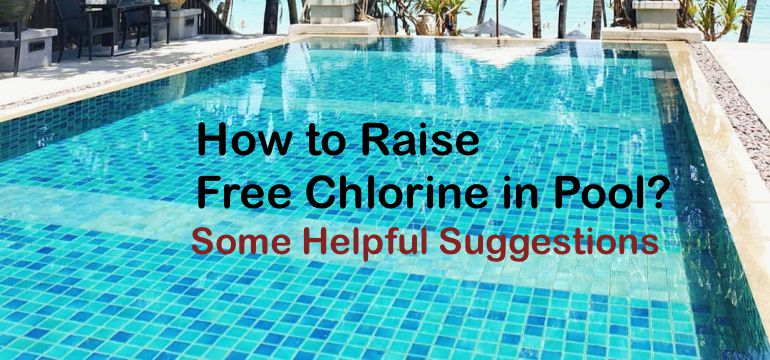
How To Raise Free Chlorine In Pool Some Helpful Suggestions
The Difference Between Total And Free Chlorine
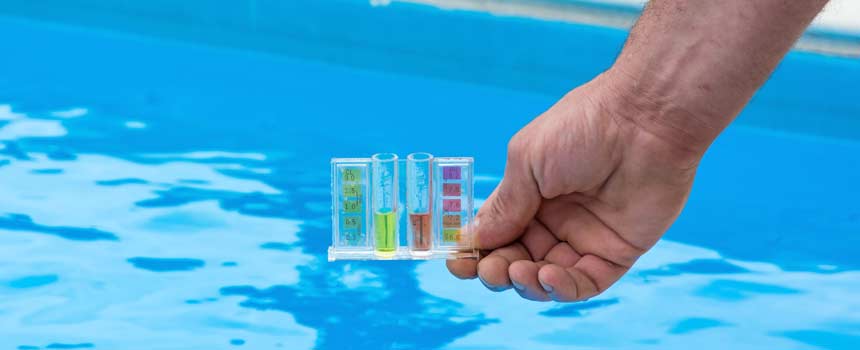
What Are Free Chlorine Combined Chlorine And Total Chlorine Pool Calculator

Free Vs Combined Vs Total Chlorine What S The Difference Atlas Scientific

How To Test For And Treat Combined Chlorine Youtube
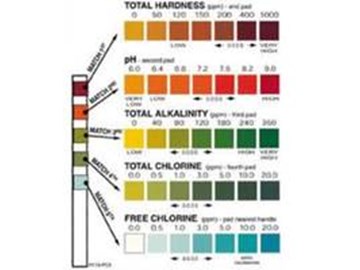
How To Maintain A Swimming Pool Part 1 Chemicals Inyopools Com

Understanding And Determining The Importance Of The Active Free Chlorine Content Of The Free Chlorine Test Tn60 Pwtag The Pool Water Treatment Advisory Group
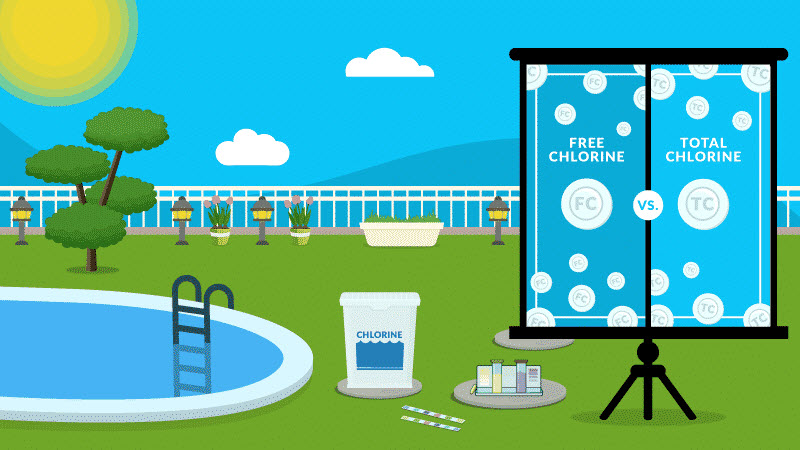
Free And Total Chlorine Chemtrol Australia

Raise Or Lower Levels Of Pool Chlorine The Pool Factory

How To Reduce Pool Or Spa Chlorine Levels Intheswim Pool Blog

A How To Guide 7 Tips To Lower Chlorine Levels In Your Pool

A How To Guide 7 Tips To Lower Chlorine Levels In Your Pool

